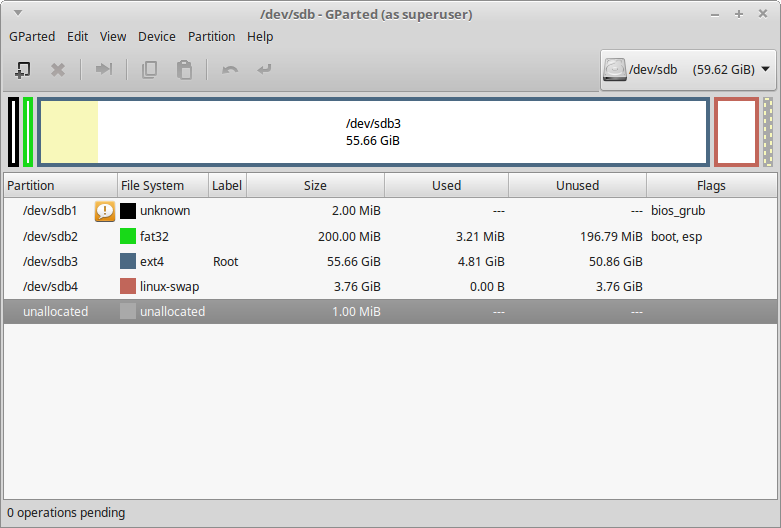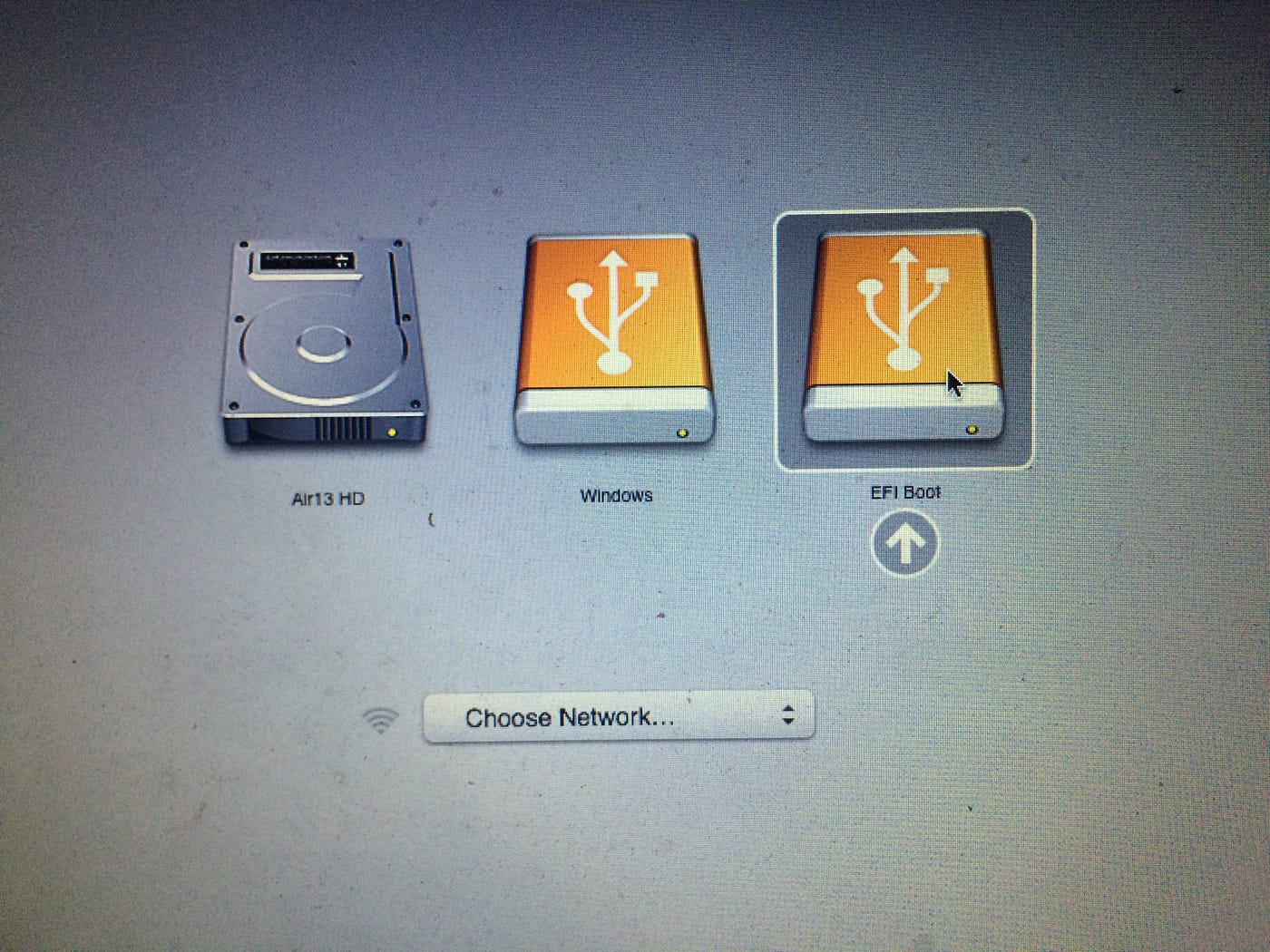

- HOW TO INSTALL LINUX ON USB USB DRIVE IN UEFI MODE HOW TO
- HOW TO INSTALL LINUX ON USB USB DRIVE IN UEFI MODE WINDOWS 8
- HOW TO INSTALL LINUX ON USB USB DRIVE IN UEFI MODE DOWNLOAD
With that done, you should be able to boot your distribution without problems. From within the BIOS, you will want to disable the following: There is one sure-fire way around this issue and that is to simply disable certain components within your BIOS. This will, however, give you enough information that should start you off on the right foot with Linux and Secure boot. Because every distribution and every piece of hardware is different, your mileage will vary. This isn’t going to serve as a definitive how-to on booting Linux with UEFI Secure Boot. So what are you to do when you have a new system and you want to install Linux? The answer isn’t always simple. With that, those distributions have no problems dealing with Secure Boot. This was accomplished by these particular companies purchasing digital key that would then allow their bootloaders to pass the UEFI firmware check. And then some Linux distributions set out to fully support Secure Boot (Red Hat, Ubuntu, SUSE, to name a few). Eventually Microsoft saw fit to require vendors to include a switch that allowed users to disable UEFI, so that their favorite Linux distribution could be installed.
HOW TO INSTALL LINUX ON USB USB DRIVE IN UEFI MODE WINDOWS 8
For some time, it was thought UEFI would render Linux uninstallable on any system certified for Windows 8 and up.

This BIOS replacement, UEFI, caused some serious problems with “alternative” platforms. However, with Windows 10, those hurdles could be returning. For the most part, Linux has overcome those UEFI hurdles. This was to be a modern replacement for the aging BIOS system and would help ensure boot-time malware couldn’t be injected into a system. Nano /mnt/boot/grub/grub.When Windows 8 rolled up to the curb, Microsoft did its best to enforce a protocol known as Unified Extensible Firmware Interface (UEFI) Secure Boot. Wget -directory-prefix=/mnt/isos Edit grub.cfg : Note: make sure there is enough space on the usb drive.
HOW TO INSTALL LINUX ON USB USB DRIVE IN UEFI MODE DOWNLOAD
Mkdir /mnt/isos Download an Ubuntu cd image (for example: Xubuntu 18.04 32-bit) : (skip this if you already have a working grub.cfg for the usb drive) Create a folder for cd images : Touch /mnt/boot/grub/grub.cfg Example grub.cfg with Xubuntu 18.04 Live Sudo grub-install -removable -boot-directory=/mnt/boot -efi-directory=/mnt -target=i386-efi /dev/sdX Create a grub.cfg file : Sudo grub-install -removable -boot-directory=/mnt/boot -efi-directory=/mnt -target=x86_64-efi /dev/sdX Install /EFI/BOOT/BOOTIA32.EFI and other grub files required for 32-bit UEFI : Sudo grub-install -no-floppy -boot-directory=/mnt/boot -target=i386-pc /dev/sdX Install /EFI/BOOT/BOOTX64.EFI and other grub files required to load grub from a 64-bit UEFI firmware : Sudo mount -o umask=000 /dev/sdX1 /mnt Write the MBR and install the grub files required for legacy BIOS boot on the drive : Sudo mkfs.fat -F32 /dev/sdX1 Mount the filesystem : W # Write the partition table Create a fresh filesystem in the newly created partition : # Set partition end to the last possible sector (default)Į f # Set partition type to EFI (FAT-12/16/32)Ī # Enable the bootable flag on partition 1 # Start partition at the first possible sector (default) O # Create a new empty DOS partition table Sudo fdisk /dev/sdX Press the following keys (THIS WILL ERASE ALL DATA FROM THE SELECTED DRIVE!) :

Make sure it's the right drive! (check the capacity and the partitions) : Replace X with the appropriate lower case letter(s) in the commands. Now, find the device file for your usb drive. Sudo apt install grub-pc-bin grub-efi-ia32-bin grub-efi-amd64-bin Install them using the package manager, for instance on Ubuntu : The x86_64-efi, i386-pc and i386-efi folders need to be present in order to install the corresponding bootloader on the usb drive. If it is empty or does not exist, make sure the package grub-common (or equivalent for your distribution) version 2 or higher is installed.ĭepending on the system, /usr/lib/grub/ will contain one or more of the following folders: x86_64-efi, x86_64-efi-signed, i386-pc, i386-efi. Warning: the usb drive will be formatted, save your data before proceeding!įirst of all, on you current installation, check if the folder /usr/lib/grub/ exists and is not empty.
HOW TO INSTALL LINUX ON USB USB DRIVE IN UEFI MODE HOW TO
How to create a 3-in-1 bootable usb drive on Linux.Ī usb drive with only 1 partition to load grub2 on usb-bootable machines with Legacy BIOS, 64bit UEFI or 32bit UEFI.


 0 kommentar(er)
0 kommentar(er)
